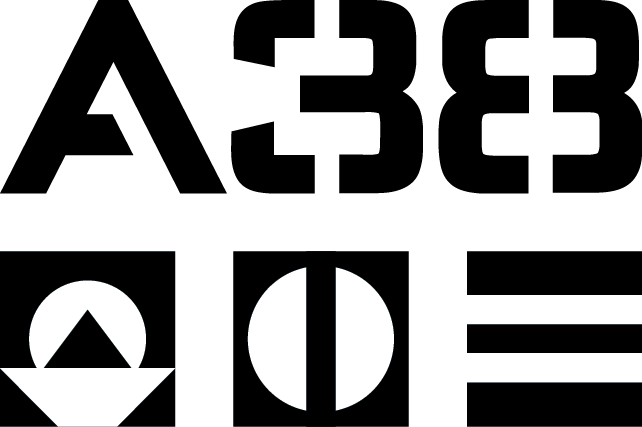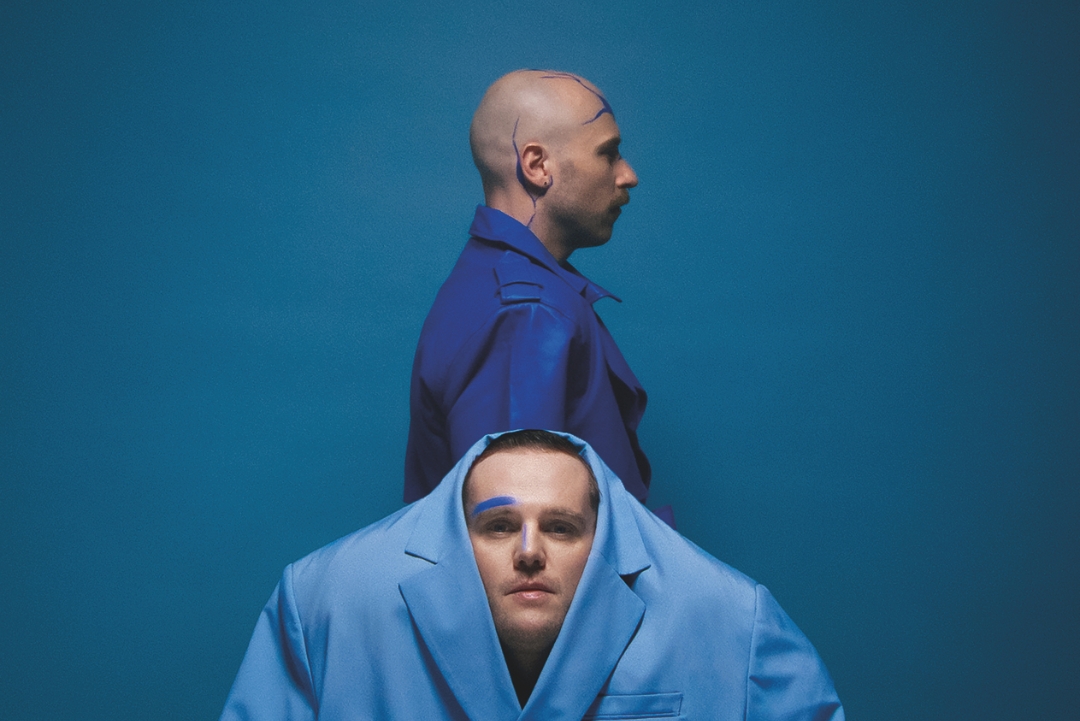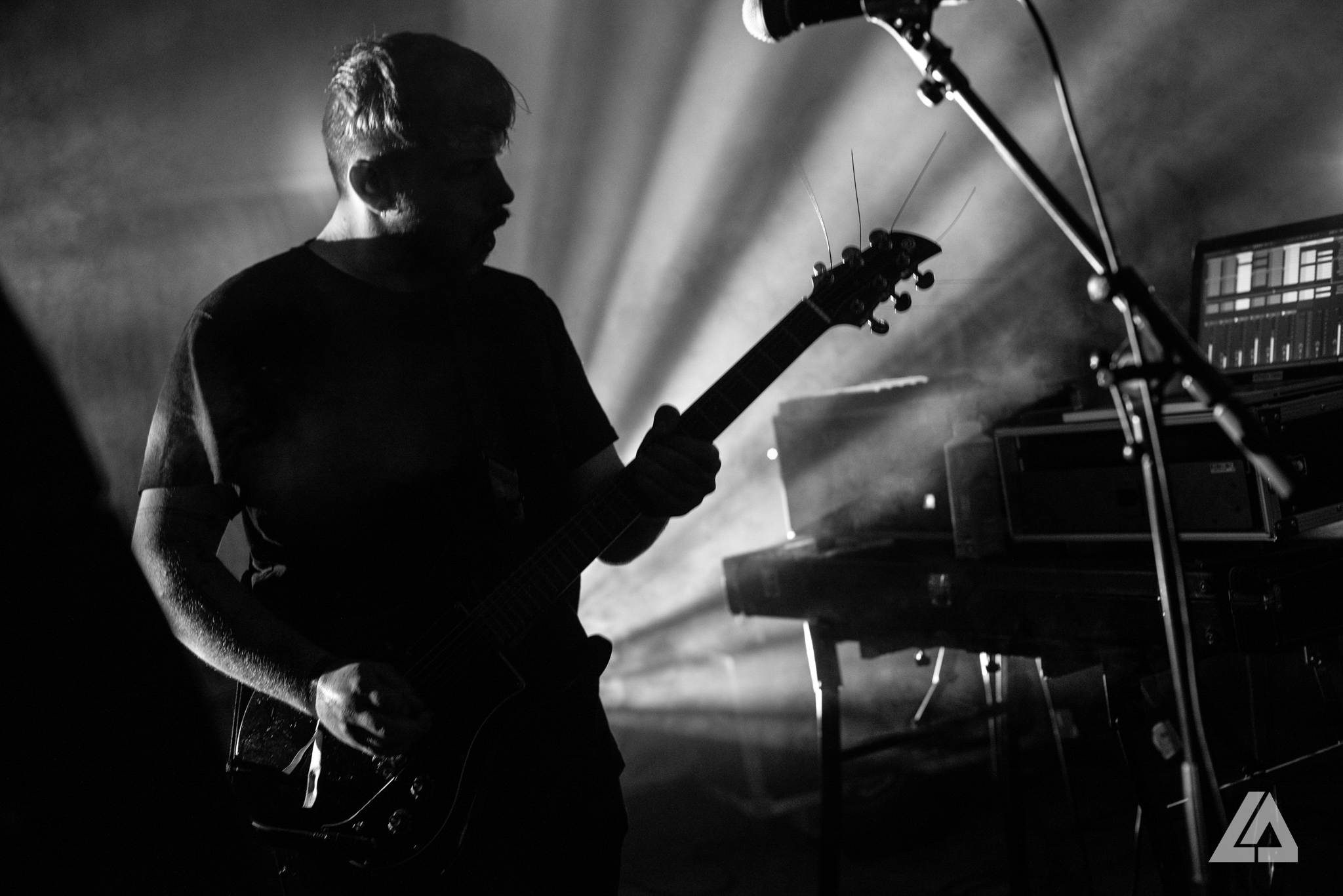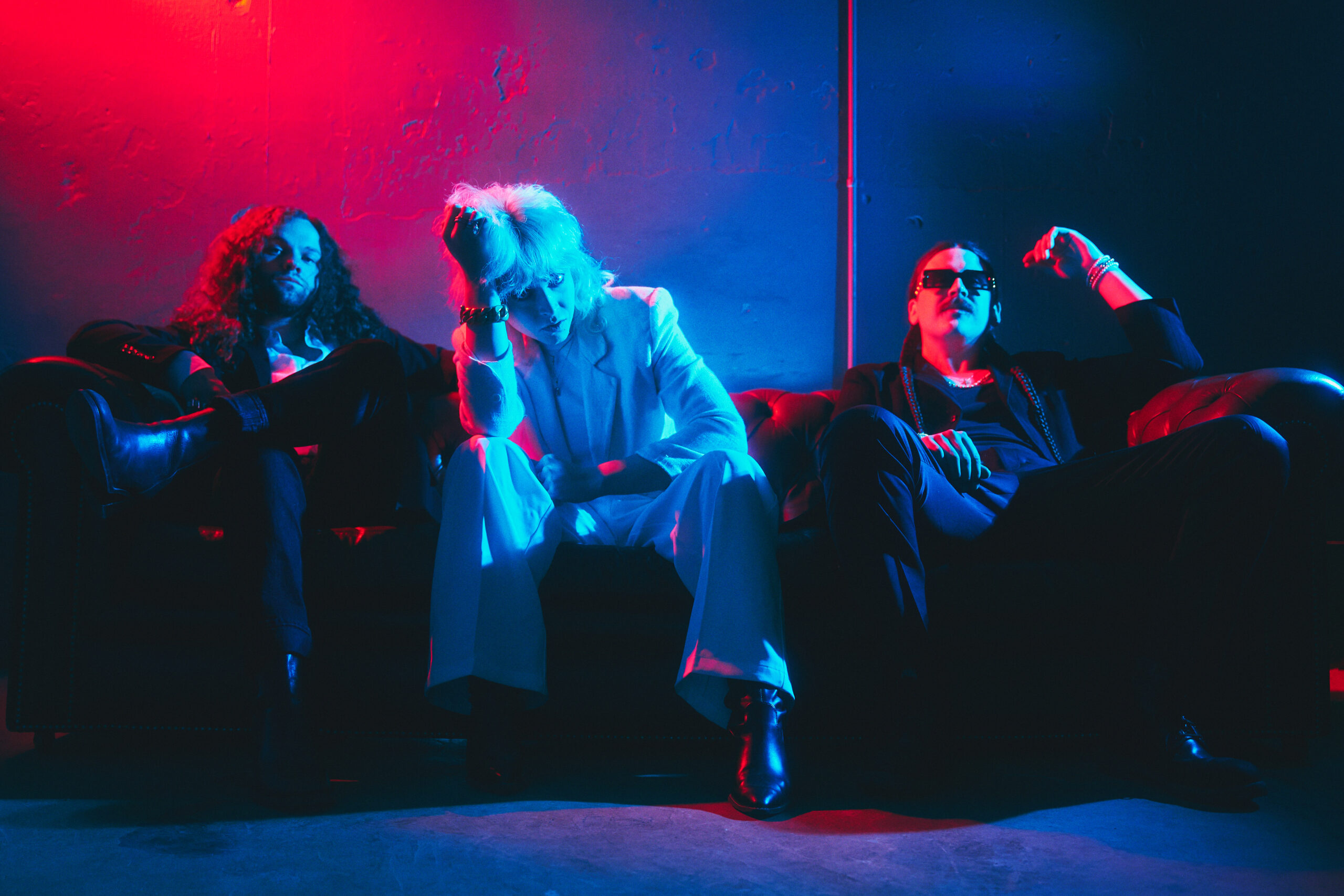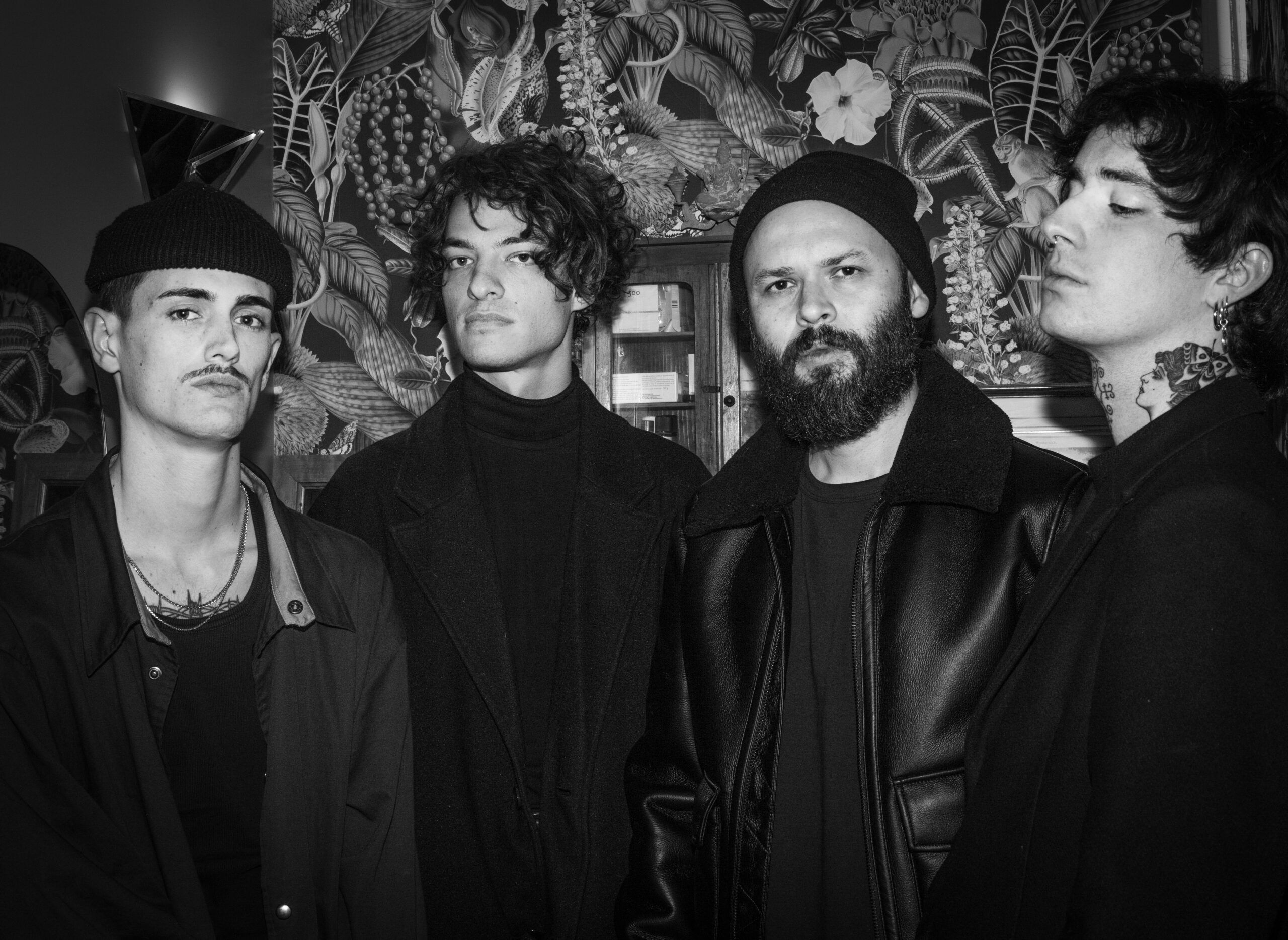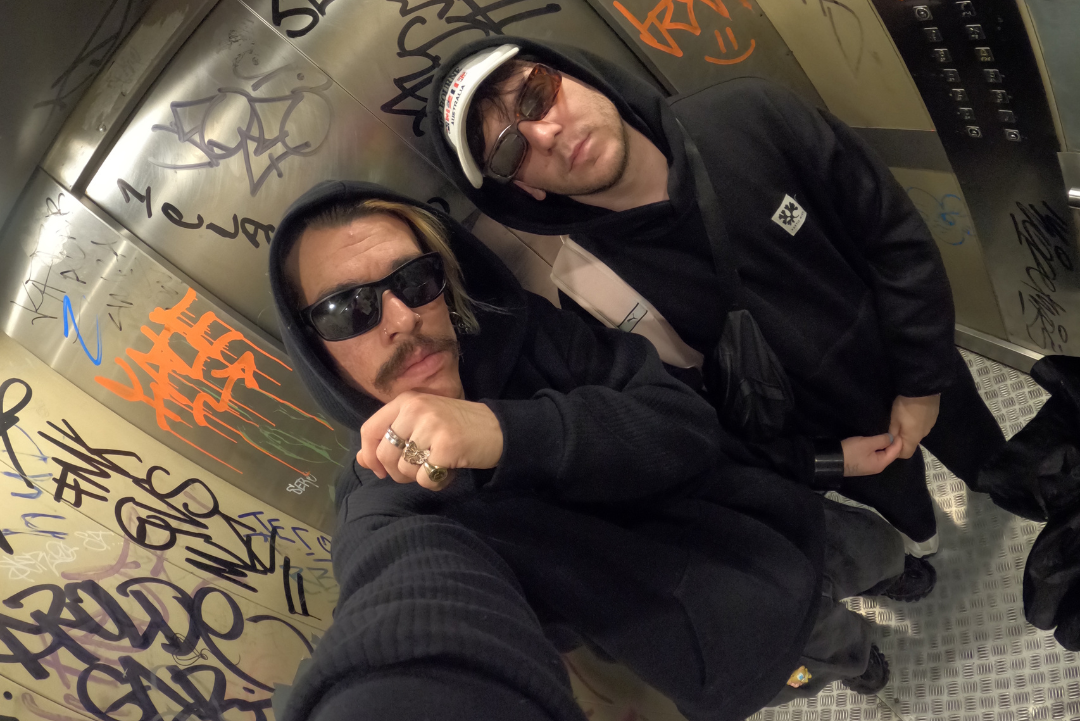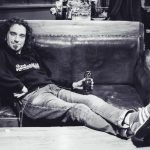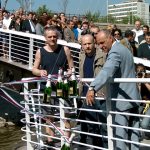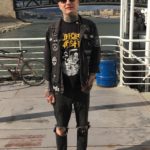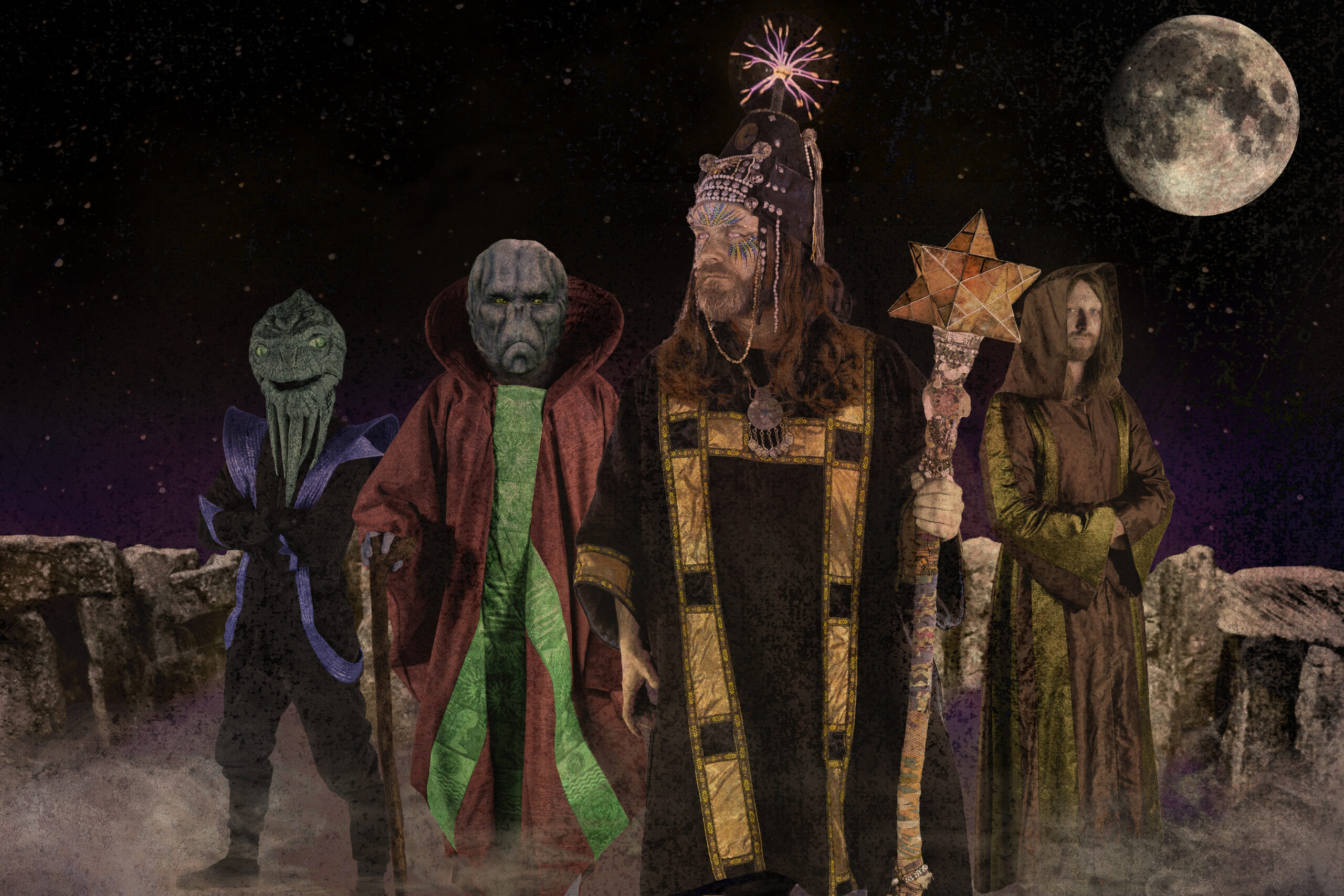Forest Swords | „With every record I want to create a world for people to feel fully immersed into.”
English record producer, composer, DJ, and artist, Matthew Barnes or as most people know him, Forest Swords is giving his first show at A38 Ship on the 16th of March. Before the show we were curious about his inspirations, creative process, future plans, and we got some answers as well.
As someone who was interested in art from a young age what role art had in your life as a kid, what did it give you? As an artist now, is there any aspect of that childhood effect that you’re trying to recreate?
I think I just always liked art that felt like it took me into another world, or that felt like it didn’t belong in any particular time period. The stuff that hit me as a child was work that I couldn’t quite understand: Mark Rothko, Francis Bacon, Barbara Hepworth, Cindy Sherman, etc. In music it was artists like Bjork, Kate Bush, Aphex Twin. They’re artists working with very specific, uncompromised vision. That was a really good lesson for me when I grew up and started to make work myself: it may not fit neatly into a box that people can understand, but at least you are being true to yourself and your ideas.
You’ve worked on various different projects already, from ballet through film to video games. Is there a creative field that you haven’t tried but would really like to delve into?
Theatre is something that really interests me, but I’d really like to spend more time with film, dance and video games – they are all amazing mediums with very talented people working within them. I learned a lot from the people I was collaborating with: directors, choreographers, programmers. I really like spending time with people who are great at what they do and getting knowledge from them.
Your dream and work before music was graphic design. How would you describe the difference between the two creative processes / flows? What is it that you are looking for in each process?
I regularly find similarities between the two. I trained in graphic design but have no background or training in music, and so the ways I approach music are the same way I would design a piece of artwork: I look at colours, sizes, the way things are placed within a space, how to prioritise elements, foreground and background. You’re just using different materials, in this case it’s sound and melody and rhythm.
Textures are important for you in visuals and in sound too, they are in interaction in the creative process. When are you most perceptive of the textures you choose, is there a connection between the emotional state you are in and the moment of perception?
I try not to overthink it too much, I have just learned to gravitate towards things that I really connect with while I am in the writing process and trust myself. But I always try and reflect it in the artwork and visuals too, because I’m aware what I hear may not be what a listener hears. ‘Compassion’ for instance had lots of rocks and geology in the artwork, while ‘Bolted’ has lots of metal and steel. With every record I want to create a world for people to feel fully immersed into.
What were the textures, colors, visual landscapes that were in your mind while creating Bolted?
I was working in an old factory space where I hired a room to build my studio. It was the cheapest room in the building and so had very little natural light, was really cold, quite miserable. But there were lots of industrial elements around the space: tools, metalwork, big heavy iron doors and bolts that I had to unlock every day. All of those textures felt like they fit into what I was feeling emotionally at the time – which was quite sad and exhausted – and so I tried to get everything to glue together. I wanted a lot of the rhythms to sound like those big doors closing or people banging tools together, but done in a way that felt like you could dance or move along to it.
You like grasping the let’s say in-between feelings with sound, the weird state where a feeling can drastically change but only by a small swing, deterioration. Is there a state of mind that you would like to express nowadays? Or a topic that you would like to put into sound / design?
It’s difficult to say, it’s only something that I feel once I am deep in the writing process and often things can appear that are surprising or unexpected. I really enjoy grabbing those feelings and playing around with them.
You tried unique ways of interacting with your fans, like on Whatsapp and it was a really rewarding experience. Do you think you would try another experiment like that in the future?
I’m always open to new avenues to communicate with people. I find social media platforms like Instagram or Twitter very limiting because you’re working within the parameters that are set by companies: algorithms, limitations, size requirements, and so on. I have a mailing list on email that I’d like to make more use of in future, and I’ve been experimenting with apps like Telegram, and I’m excited to see new technology come through that I might be able to use.
You grew up in a small town where you said there was a sense of community. Having people coming together for your shows, resonating with your art, with you, is also kind of a community. You also chose ways to connect with your fans in a more personal way, like the previously mentioned Whatsapp project. How do you feel about this, what is your approach to having a community around you, belonging to one?
For me I’m just happy that anyone connects with what I’m doing because it’s often not easy to understand. I’m always grateful when people say they like my music or enjoy a live show, because it’s music that does not fit neatly into any box or genre.
What are you looking for in a live show as a member of the audience and as the performer?
I just really enjoy feeling like we’re all there together: I might be the one on stage but ultimately we are all searching for some kind of similar feeling of connection. It’s a conversation. I like the middle points between euphoria and melancholy or even interesting feelings that aren’t very clear, and in a live setting those emotions can be amplified and played with in interesting ways. Even something as simple as taking the bass out of a certain part of a song, or extending it an extra minute, can change the feeling in a room.
In an interview you said you’ll take a saxophone player with you to the live shows. Are there other instruments that you would like to experiment with later on on the stage that resonates with your music?
Drums, but they are really difficult to fit in right now because so much of my own music has rhythms that are quite complex or often don’t suit extra live drums on top. But in future it’s something I’d like to explore. I also wish I had the budget for a choir or vocalists, but that’s a dream right now.
You tried different ways of creating albums, being a bit more shot off, by yourself and also by being more open in the process. What stage are you at, how are you feeling about your creative process right now?
I’m a lot more open to collaborating. This latest album was made almost entirely on my own and felt like it was the end point of me in working alone in a dark room for my albums. I don’t want to get to a point where I associate making music with it being difficult or traumatic – creating things should be playful, light and spontaneous.
You streamed a live improvised score to the volcano eruption in Iceland in december. How and why did you come up with this idea?
I was watching one of the livestreams on Youtube of a news camera that was streaming the eruption, and I thought it was a shame there was no music to go along with it. It just looked very cinematic. I worked out how to livestream music over the top of it and just did a three hour improvised piece to go alongside it. Improvising is less and less scary to me nowadays, and with mediums like livestreaming you can be a lot more free and experimental. It was great to see people watching and enjoying it.
And last: have you already got the No More Drama tattoo? Or any other?
Not yet!
